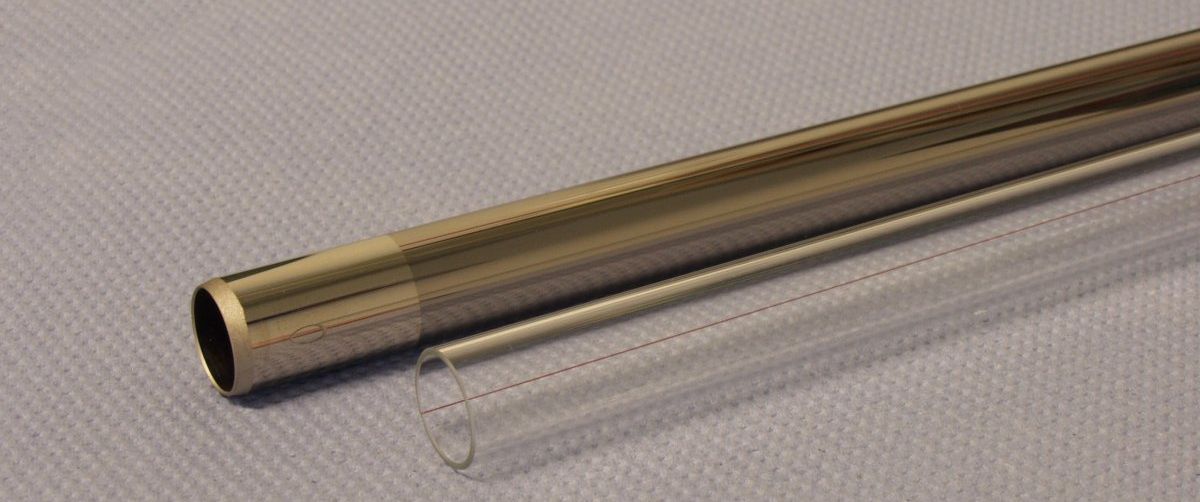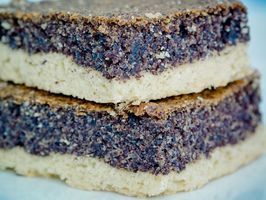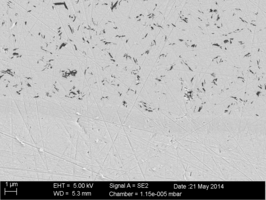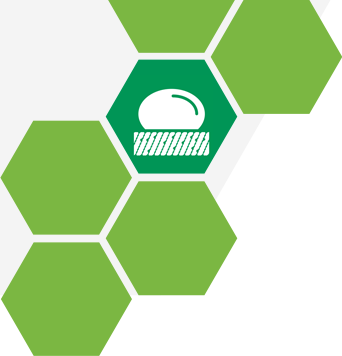Electroless Metal Deposition
Due to increasingly complex demands on construction parts, progressing miniaturization, as well as lightweight construction, bulk materials are often unable to meet the requirements. One solution is to modify the component surface, which is usually the cause of component failure. Part of the suitable surface technologies is metal deposition from aqueous electrolyte systems, which can be carried out both electrochemically and chemically without any external power source. Among the chemical methods, reduction processes have the greatest industrial significance. One of the most important reduction processes is electroless nickel plating (EN).
Electroless Nickel Plating
Electroless nickel plating is suitable for the deposition of a corrosion- and wear-resistant layer that also has a highly decorative surface finish. Thereby it offers the possibility to use easier to process and more inexpensive base materials simultaneously improving the product quality.
In contrast to nickel electroplating, this process can also be used to apply conformal coatings to complex internal geometries. The tolerance of the layer thickness is about 2–3 µm in a layer thickness range of 5–80 µm.
The electroless nickel plating process is an autocatalytic wet-chemical coating process in which adhering alloy layers consisting of the elements nickel and phosphorus are deposited. Here three alloy types can be distinguished, which differ greatly in their properties due to their varying phosphorus content. The classification is into low (1–4 % P), medium (5–9 % P) and high (> 9 % P) phosphorous-containing electroless nickel layers, which can extend their application spectrum by a subsequent heat treatment. In general, the corrosion resistance increases with rising phosphorus content, whereas the hardness of the deposited layers decreases. However, downstream heat treatment can considerably improve the adhesive strength and hardness of the layers.
Properties of high phosphorous containing electroless nickel layers
Hardness after deposition | Approx. 550 HV 0.1 |
Hardness after heat treatment | To 1200 HV 0.1 (conversion of amorphous state into crystalline structure) |
Optical characteristics | Matt or shiny/ reflective, depending on the surface condition of the original surface and the composition of the electrolyte system |
Magnetic properties | Non-magnetic |
Crystallinity | Microcrystalline < approx. 9.5 % P < X-ray amorphous |
Corrosion resistance | Approx. 1000 h NSS at 25 µm layer thickness |
Possible substrate materials | Aluminum, copper and its alloys, steel, ceramics, glass, nickel alloys |
Production of nickel coatings according to
- DIN EN ISO 4527
- ASTM B733
- MIL-C-26074E

Electroless Nickel Dispersion Layers
According to the requirement profile, electroless nickel layers can be further modified to extend the application spectrum. For this purpose, we specifically incorporate functional particles into the matrix layer, e.g. to enable dry lubrication or to increase wear resistance. Numerous other scenarios can be adapted to your application.
The layer structure is imaginable like a poppy seed cake. The cake base is the substrate on which the poppy seed pudding filling is applied. At this, the pudding is the equivalence to the electroless nickel layer. The poppy seeds embedded into the cream are the functional particles. In the case of dry-lubricating dispersion layers, the yellow top layer represents the lubrication film that forms because of the shearing of the particles lying on the surface and thus greatly reduces friction.


The properties of such dispersion layers can be adjusted by the particle material, particle size and deposition rate, resulting in a wider variety of layer properties. Typical particle materials are as follows:
To reduce the friction
- Hexagonal boron nitride
- PTFE
To increase stiction
- Silicon carbide
- Diamond
Current research work concentrates on developing friction-optimized, dry-lubricating coating systems that also provide increased wear resistance. The aim is to achieve a consistently low coefficient of friction at temperatures of up up to 600 °C.
The applications of this technology are mainly in systems which are designed for sliding and friction stress without having the opportunity to use any liquid film lubrication or where emergency running properties are required when the lubrication film breaks off. Typical areas of application are engine construction, linear guide systems and vacuum technology.




